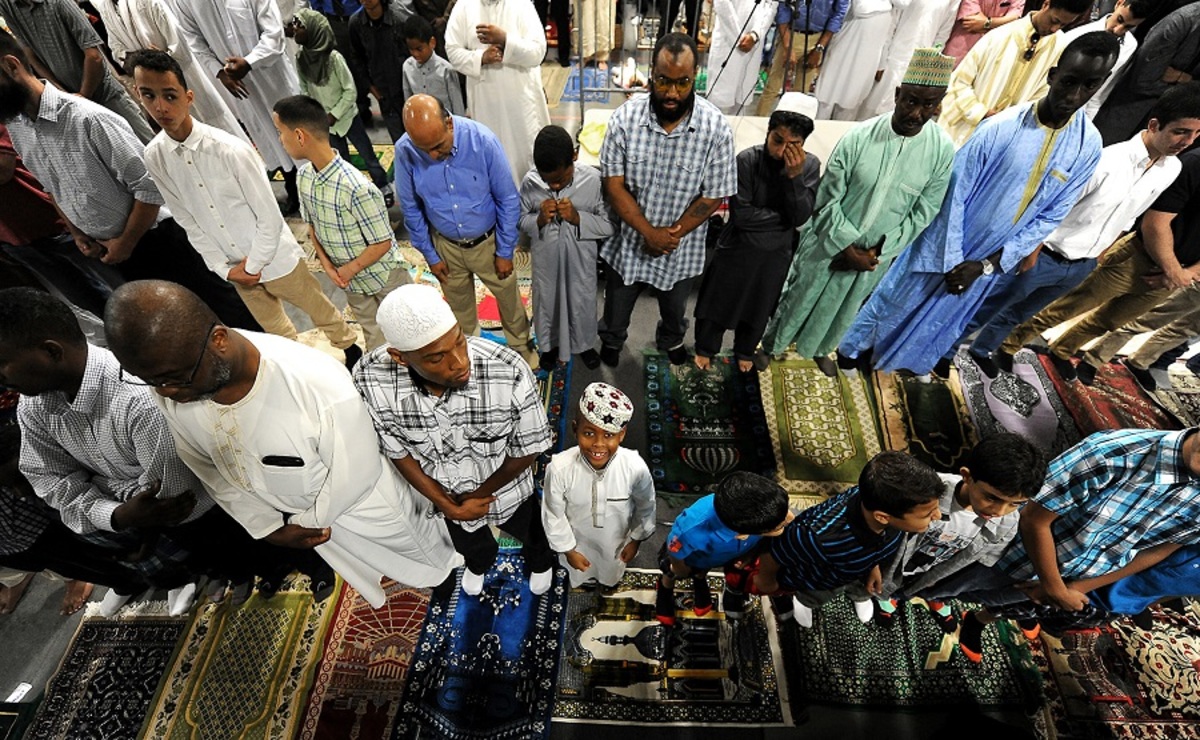Your donation will support the student journalists of Sycamore High School. Your contribution will allow us to purchase equipment and cover our annual website hosting costs.
Educate to end hate
Rise of American Islamophobia
October 18, 2016
Over the last decade, paranoia, ignorance, and bigotry have generated a rise in anti- Muslim sentiment. Fear over small groups of extremists perpetuates hateful stereotypes that significantly impact all of the 1.6 billion Muslims in the world.
The rise of terrorist groups like ISIS and the increase in both “lone wolf” and organized attacks in the U.S. and Europe have created an atmosphere of fear and anxiety.
When ignorance prevails, a diverse community is reduced to a stereotype.
Perception of this group is colored by those who shout the loudest, in this case, the extremists. They simply use religion to shield their horrific and unspeakable acts of violence-but by no means do they represent the Muslim population.
In the U.S., even political leaders have publicly expressed Islamophobic and anti-immigrant views with no consequences.
From blocking Muslims from entering the U.S., to suggesting a “registry” to track them, politicians evidently find Islamophobia to be a useful selling point for their policies.
When prominent public figures get away with anti-Muslim rhetoric and fear mongering, they legitimize this fear and manipulate people’s anxiety and ignorance to alienate a large group of people.
Allowing this alienation to occur sustains a cycle of insensitivity and violence, which is one of the reasons why it is so easy for politicians to gain support by using inflammatory language.
“We [as Muslims] need to be active in politics. We need to demonstrate that we are good citizens of this nation, and make positive contributions to the society at large,” said Yusuf Alam, 9.
In fact, according to the Pew Research Center, in 2014, the American public rated Muslims more coldly/ negatively than other religious groups.
ThinkProgress has tracked over 100 anti-Muslim attacks that have happened in the U.S. since the November Paris attacks.
Not only present in politics, Islamophobia also reaches into communities and schools. For example, last year 14-year-old Ahmed Mohamed was arrested for allegedly bringing a hoax bomb to his school. It was actually a digital clock he had built.
Excited about his project, he showed it to one of his teachers whom then reported him to the police.
A survey conducted by the Council on American Islamic Relations (CAIR) in 2015 found that 55 percent of Muslim students experienced some form of bullying.
The toxic attitudes and vitriol circulating in the 2016 political and cultural climate only serve as excuses for this unacceptable behavior.
To stop the rise of Islamophobia in our schools, communities, and governments, individuals, including students, need to educate themselves to form a more accepting society.
Alam said, “I wish more people would understand that Islam is not a violent religion. In fact, it recommends not acting with violence.”
 MCT Campus
MCT Campus